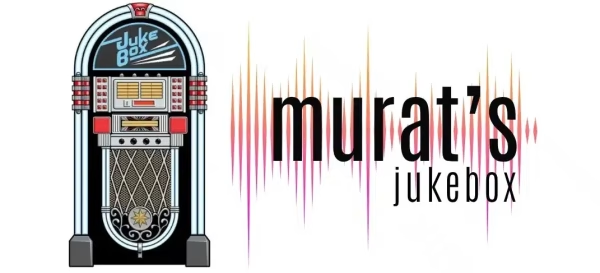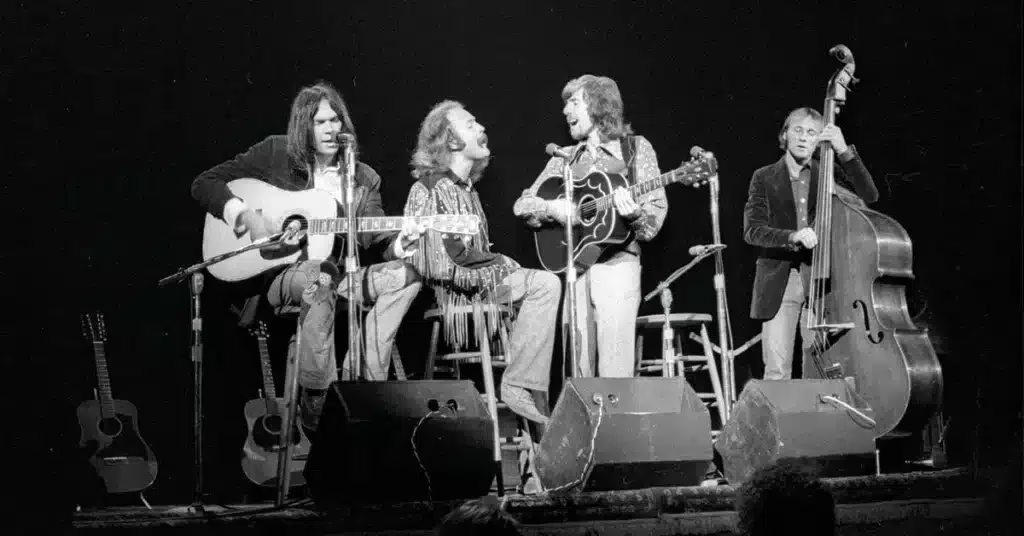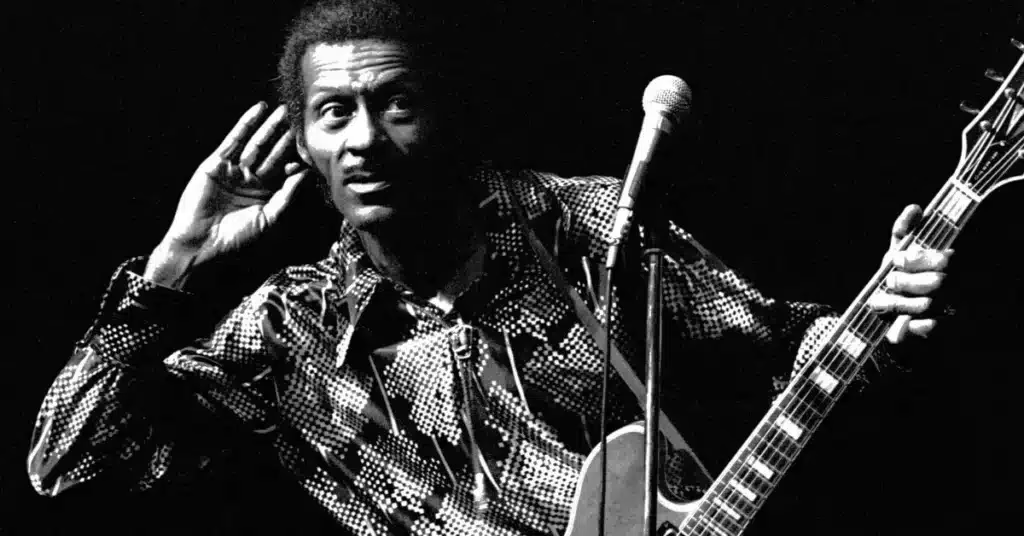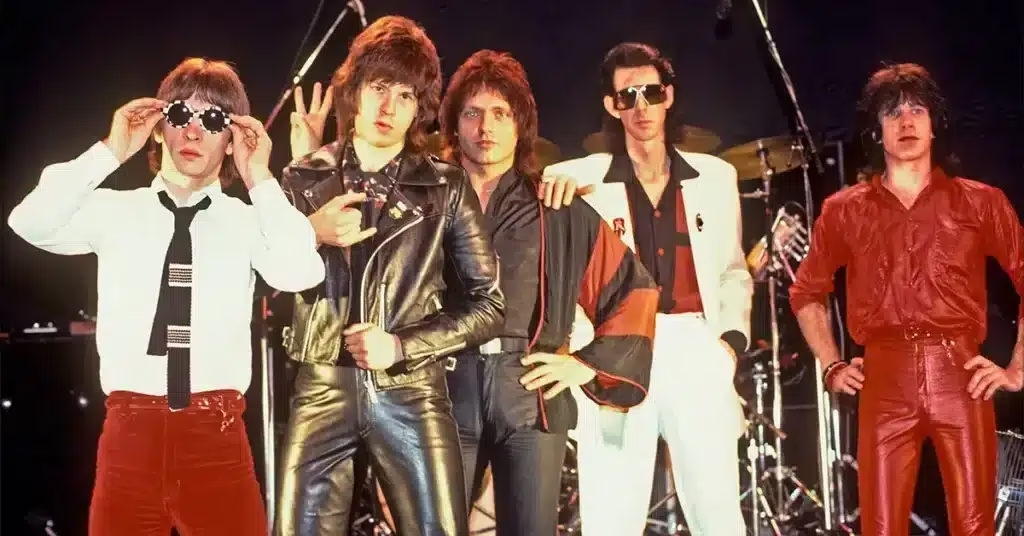The Chemical Brothers: Masters of Big Beat and Electronic Evolution
Introduction: Revolutionizing Electronic Music
The Chemical Brothers are one of the most influential and enduring acts in electronic music history. Known for their explosive fusion of acid house, hip-hop, rock, and psychedelic elements, the duo helped define the big beat genre in the 1990s and have continuously reinvented their sound with each subsequent release. With their relentless innovation, genre-bending collaborations, and mind-bending live shows, The Chemical Brothers have remained at the cutting edge of electronic music for over three decades.
Origins: From Manchester to Global Dancefloors
Formed in Manchester, England in 1989, the group originally consisted of Tom Rowlands and Ed Simons, two university friends with a shared passion for hip-hop, techno, and 1960s psychedelia.
- Initially calling themselves The Dust Brothers in homage to the American production duo, they changed their name to The Chemical Brothers in 1994 to avoid legal issues.
- Their early DJ sets and club nights in London laid the groundwork for what would become a signature blend of big beats, breakbeats, distorted synths, and rock energy.
Breakthrough: Exit Planet Dust and the Rise of Big Beat
The Chemical Brothers burst onto the scene with their 1995 debut album, Exit Planet Dust, a landmark in the big beat genre.
- The album fused hip-hop grooves with heavy guitar samples and acid house rhythms.
- Tracks like “Leave Home” and “Chemical Beats” became instant club classics.
- The album received critical acclaim and commercial success, establishing them as leaders in the UK’s new electronic movement, alongside Fatboy Slim, The Prodigy, and The Crystal Method.

Worldwide Recognition: Dig Your Own Hole (1997)
Their second album, Dig Your Own Hole, cemented their global fame and is widely regarded as their masterpiece.
- The album debuted at #1 on the UK Albums Chart.
- It included hit singles such as:
- “Block Rockin’ Beats” – a Grammy-winning anthem blending hip-hop samples with thunderous beats.
- “Setting Sun” – featuring vocals by Oasis’ Noel Gallagher, a psych-rock explosion that topped UK charts.
- “Elektrobank” – known for its iconic Spike Jonze-directed music video.
- The album fused electronic innovation with rock star swagger, helping electronic music breach the mainstream.
Evolution and Experimentation (1999–2007)
The Chemical Brothers avoided stagnation by constantly evolving their sound:
Surrender (1999)
- Marked a shift toward more psychedelic and melodic textures.
- Included “Hey Boy Hey Girl”, a massive club hit.
- Showcased collaborations with Bernard Sumner (New Order) and Hope Sandoval (Mazzy Star).
Come with Us (2002)
- A return to raw, breakbeat-driven energy.
- Featured hits like “It Began in Afrika” and “Star Guitar.”
Push the Button (2005)
- Won the Grammy for Best Electronic/Dance Album.
- Included “Galvanize” featuring Q-Tip, which combined Middle Eastern influences with hard-hitting beats.
- Continued their tradition of blending global sounds with high-octane electronic rhythms.
We Are the Night (2007)
- A darker, more experimental album.
- Won a Grammy but received mixed critical reactions, though tracks like “Do It Again” were club favorites.
Resurgence and Maturity (2010–Present)
Further (2010)
- A cinematic, concept-driven album accompanied by synchronized visuals.
- Emphasized long-form compositions and immersive soundscapes.
Born in the Echoes (2015)
- Their sixth UK #1 album.
- Collaborations with St. Vincent, Beck, and Q-Tip.
- Songs like “Go” and “Sometimes I Feel So Deserted” showed their ability to blend catchy hooks with experimental textures.






